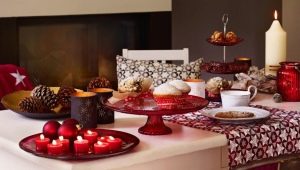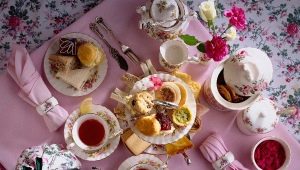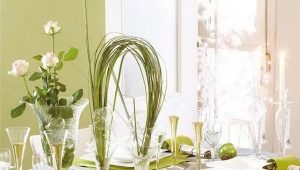How to properly serve cutlery?
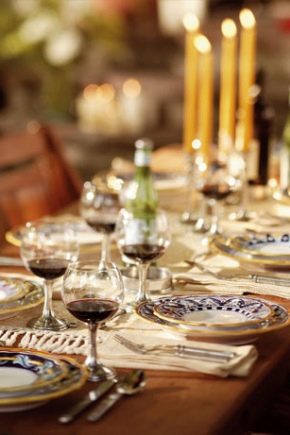
Proper serving of cutlery and appropriate decoration can create a special atmosphere at the table, in which even the simplest homemade dish will be perceived as a culinary masterpiece.
For a real hostess, the ability to lay a table is no less important than the presence of culinary talents. Proper serving is a sign of attention and respect for those sitting at the table, as well as an indicator of the taste of the hostess herself.

Where to begin?
Before you start serving, you need to carefully plan and think through everything. Be sure to take into account the number of guests and the menu - the type and number of dishes depends on what devices will be used.
First of all, a carefully ironed tablecloth spreads on the table. They cover it in such a way that the corners cover the legs of the table, and the edges hang from the table by 25-30 cm. The edge of the tablecloth should not fall below the seat of the chair, so as not to cause inconvenience to those sitting.
To prevent the dishes from knocking on the table, you can put a soft cloth (for example, fleece) under the tablecloth.
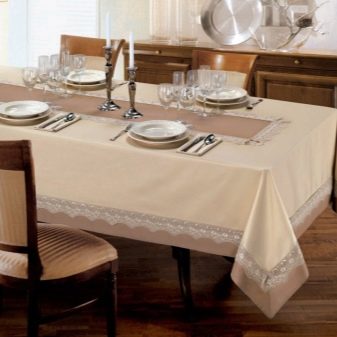
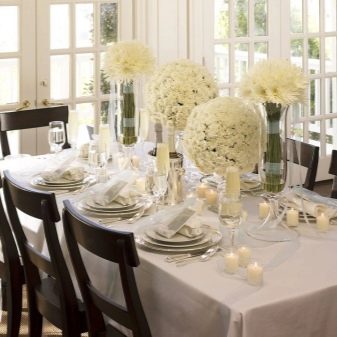
Even the most expensive and beautiful tablecloth should not be covered with oilcloth on top as a precaution - etiquette does not allow this.But buying and laying a Teflon tablecloth on the table is not forbidden.
The Teflon coating of such a tablecloth does not allow spilled drinks and fat to be absorbed into the material, so they can be easily removed with a sponge. After removing the liquid, it will not leave unaesthetic marks and wet spots.
In some cases, instead of a tablecloth, the use of underplates or runners is allowed. The first are stands of various configurations, placed under plates and cutlery. Underplates are plastic, bamboo, made of rattan, or just paper. The second are narrow fabric strips spread only in the center of the table.



As for cutlery and utensils, before placing it is necessary to check them for integrity (there must be no chips, cracks, rust, bent parts) and cleanliness.
To remove dust and traces of water, all dishes are wiped with a damp warm towel and polished with a dry cloth.
Important! Proper table setting requires that all sets of cutlery be placed in the same order. In an informal setting, it is allowed to use different utensils for different guests. But at the same time, for each individual participant in the meal, all devices must be equipped from one set.
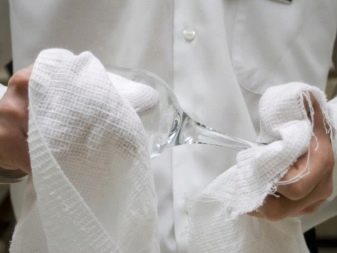
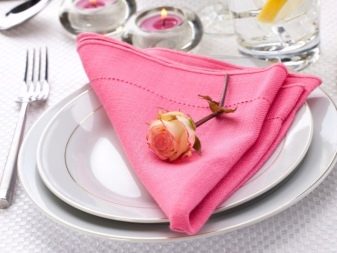
What is for what?
There is a wide variety of serving items. Most of them are not used daily at home, but they may well be needed to organize a banquet or gala dinner.
Plates
About 35 species are known. However, the most commonly used are:
- Soup. A recessed plate that serves not only soups, but also muesli, milk with cereal or oatmeal.But broths, according to the rules, are not served in such dishes - special bowls are provided for them.
- Dinner plates. They are shallow and deep. Small ones are used for serving second courses, and pasta and other pasta dishes are put into deep ones.
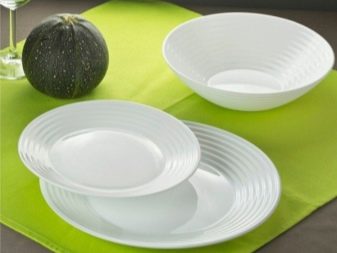
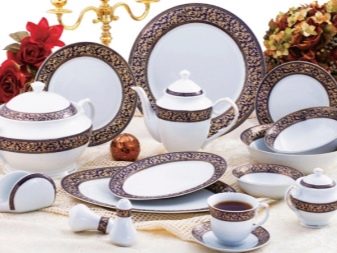
- Pirozhkovaya. Bread, croutons or butter are served on it. Place it on top and slightly to the left of the main set. A small butter knife is placed on top of it.
- Chill mold. It looks like a clam shell. Designed for salad appetizers or oysters.
- Fish. Slightly elongated for easier handling of fish dishes.
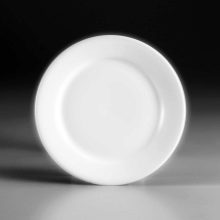
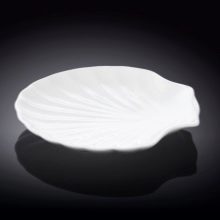
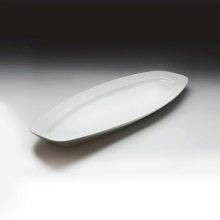
In addition, there are caviar, egg, dessert, salad bowls and many others. In addition, there is also such a type of plate as a serving plate. It is placed under a plate for snacks, soups or main courses.
According to the rules of etiquette, it may differ from the rest of the dishes (be from a different set or a different color).
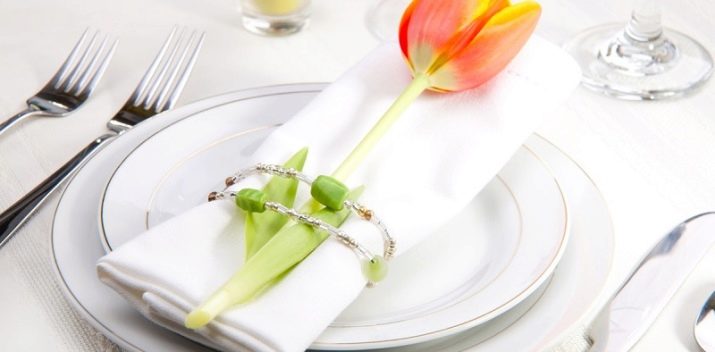
Glasses
Most often, glasses and wine glasses are used as utensils for drinks. They may vary in shape, volume and have different purpose, which should also be taken into account when preparing for the meeting of guests:
- Classic elongated glasses with a volume of 120-200 ml are intended for champagne sparkling wines. served for refined champagne wines. Refrigerate before filling.
- A glass that differs slightly from the classic one in increased volume, with a slightly narrowed neck, is served for refined champagne wines. Refrigerate before filling. And fill it no more than 2/3.
- For white wine, use glasses with an elongated bowl on a narrow leg, with a volume of 180-260 ml.
- Red wine is poured into wider and more open glasses.
- Cognac glasses can have a classic shape (snifters) or a tulip shape.
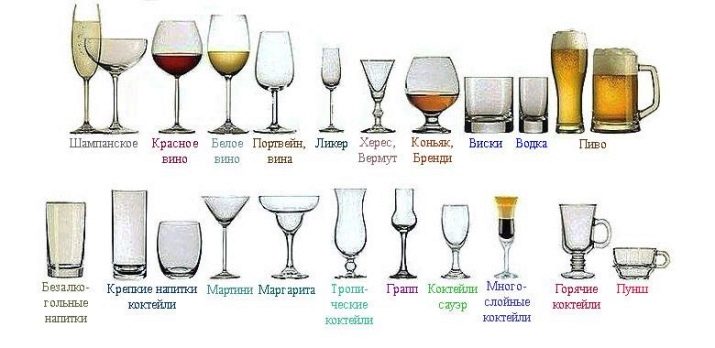
Liquor glasses, vodka glasses, beer glasses are also used - everything here will depend on the preferences of the guests and the proposals of the hosts.
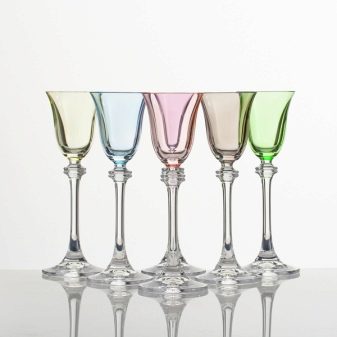
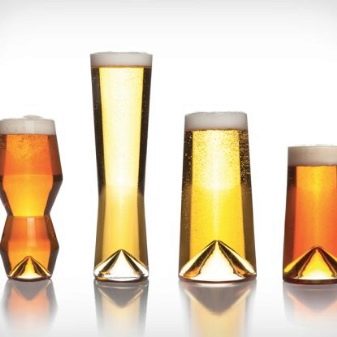
Cutlery
Over the years of the evolution of the art of cooking and serving, no less than plates, cutlery has also appeared. All of them are usually divided into main and auxiliary (they are also called serving devices).
The first are intended for individual use. The second is used by all participants in the meal. They serve to separate and cut dishes into portions, laying them out on individual plates.
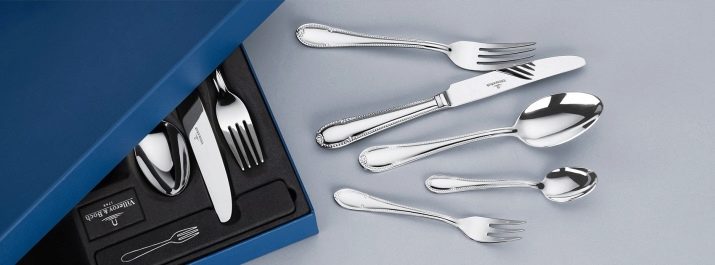
The main devices, in turn, are divided into:
- Canteens. They eat soups and main dishes. The set includes a knife 20-24 cm long, a fork and a spoon, which are 5-6 cm shorter than the knife.
- Eateries. Designed for snacks and cold dishes. Consists of a knife and fork.
- Fish. A set of slightly modified forks and knives. Fish knife - blunt, in the form of a spatula. The fish fork has shortened teeth.
- Dessert. A trident fork 18-19 cm long, a small spoon and a knife with a narrow blade. Served with pies, mousses, puddings and other desserts. A dessert spoon can also be served with fried eggs and berries with cream.
- fruity. These include a fork with two prongs and a knife. They are used for fruit salads, melons, watermelons and unpeeled fruit desserts.

In addition, special utensils designed for certain dishes (for example, a fork for oysters, sprats or lobsters) may be served.
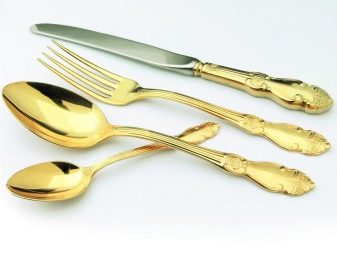
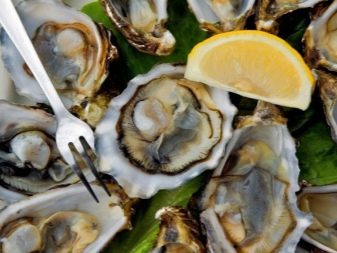
What and how to use?
The greatest difficulty is most often the unfolding and use of cutlery.The rule can help here: devices are always used in the direction from the edge to the center and from right to left. This means that when a meal is supposed to be changed, those cutlery that lies farthest from the main plate will be used first. When in doubt, the device located on the right is taken first.
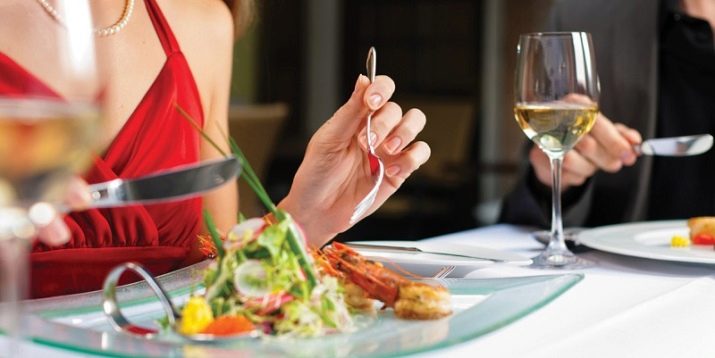
Placement rules
Serving is a whole science with a long history, which has its own rules and exceptions. However, if you remember the basics, then setting the table correctly will not be difficult at all:
- The dishes are placed on the table in a strictly defined sequence. First - faience and porcelain items, then - cutlery. At the end they put objects made of glass and crystal.
- It is necessary to decompose everything so that what is needed first of all lies closest. When scheduling multiple meals, dishes and cutlery are arranged in the order in which the food will be served. At the same time, it is not necessary to pile everything on the table at once. It is enough to put the devices intended for serving dishes on the first and second. Dessert sets can be arranged later - after the main ones are removed.
- The knife should be placed so that its blade is turned towards the dishes.
- According to the etiquette, a glass (glass) should be placed above the knife. If several types of glasses are used, then they are all placed side by side.
- Forks must be laid out on the left side of the plate.
- Spoons are always located to the right of knives.
- If you plan to serve Italian dishes, there should be a plate for bread on the table.
- If there is soup on the menu, the soup spoon is placed between the knives for snacks and fish.
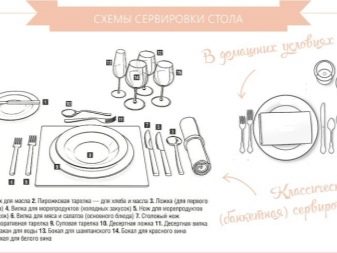
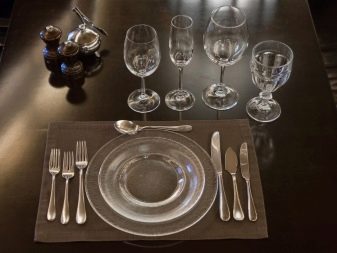
In addition, there are several more generally accepted rules governing the location of individual serving items.
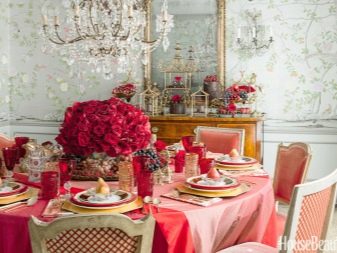
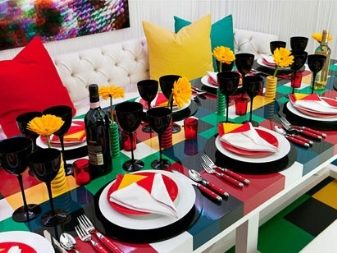
Plates
According to the rules, the layout of dishes should begin with plates. At the same time, it is necessary to put them so that they are 1.5-2 cm from the edge of the table. The distance between them should be approximately the same. It is believed that the dishes should be arranged with an interval of 50 cm - so that those sitting at the table are comfortable.
Plates with cutlery should lie opposite each chair. Their number depends on the variety of the menu and the type of meal. For example, for a regular snack, one plate will be enough, but for lunch and dinner, two are served.
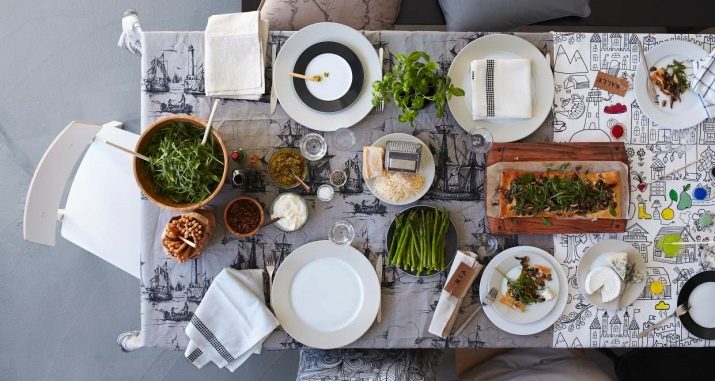
Smaller cymbals are always stacked on top of larger ones, allowing for quick replacement while saving space on the table.
Spoons and forks
Appliances are laid out behind the plates. They must be placed on the sides of the main plate, turning the concave side to the table.
Forks are placed on the left side, spoons and knives are placed on the right. A teaspoon can be placed on top.
It is important to place on the table only those devices that are really needed. Most often, one knife, one fork and two spoons (for a hot dish and dessert) are enough for a regular meal. If necessary, this set is supplemented with special devices.
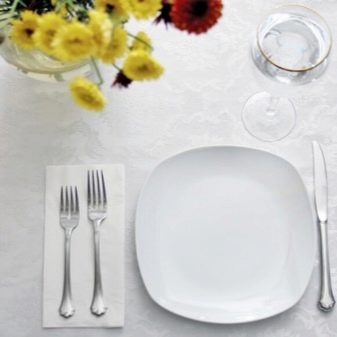
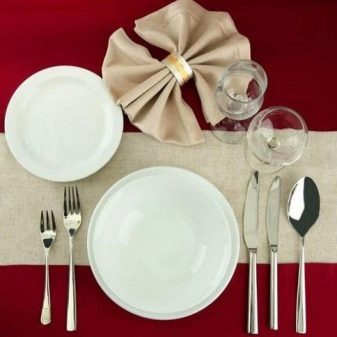
Glasses
Behind the plates, a little to the right, you can arrange the glasses. When deciding on a variety of glasses, glasses and wine glasses, it is necessary to take into account the contingent of guests and the options for drinks offered to guests.
According to the rules, containers for drinks should be arranged from largest to smallest.At the same time, you should not put too many glasses or stacks - this will only clutter up the table and may cause inconvenience to guests.

Does color matter?
Color in serving is as important as when decorating an interior or choosing an outfit.
Most often, the table is covered with a white tablecloth, but any other color can be used to create an unusual atmosphere. Everything here will depend on the nature of the event and the preferences of the hosts.
A white tablecloth, for example, is perfect for formal dinners. It goes well with porcelain, crystal and looks elegant in any situation. At the same time, white color can be easily combined with any other. The table, decorated in black and white, will look original.

A romantic mood for dinner or lunch will help to give a combination of white with delicate pastel shades. And the green color will bring warm spring notes to the meal. The serving, completely made in green, will look original.
The combination of white and blue will also be beautiful, but red must be used with caution, since under different conditions it can act differently on others and affect the atmosphere at the table.
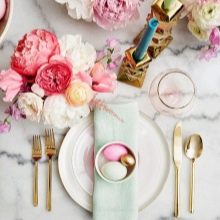

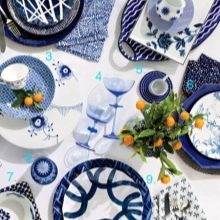
Decor
Decor will help complete the serving, give it completeness. The main decor element is napkins that can be placed in a water glass, laid out next to the plates or put on top.
For a quiet family dinner, you can use large napkins, for breakfast - a smaller size.
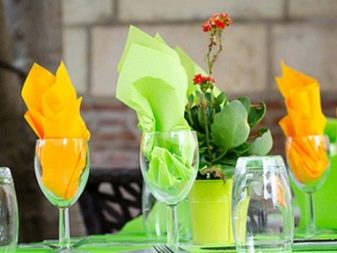
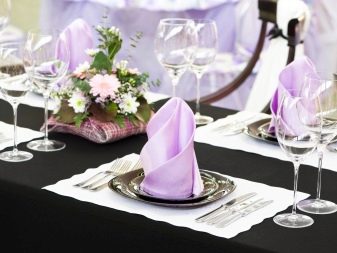
For large celebrations and holidays, napkins can be folded in the form of flowers or tied in an original way. The color and pattern of napkins can be absolutely anything, the main thing is that it is in harmony with the overall picture of the design.
In addition to napkins, it is customary to use flower vases, candles or themed decorations for table decor.
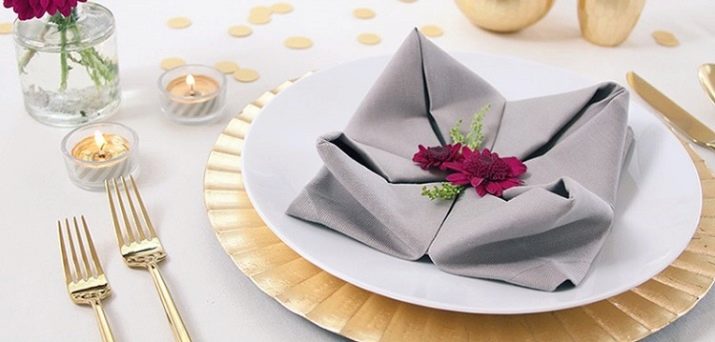
Tips for all occasions
Finally, a few more tips from serving masters:
- When decorating a table for a wedding banquet, it is necessary to focus on places for the young. They can be decorated with love symbols (swans, hearts, flowers). Separate glasses are placed here, different from the rest. Tableware for wedding feasts should be white, possibly with a gold or silver border. The tablecloth is exclusively snow-white.



- Candles, a fruit basket will help add romance to the table decoration. Instead of fruit, you can put a bottle of wine in the basket. Devices for dinner for two are placed in such a way that those sitting are opposite. In this case, it is not recommended to use a lot of dishes - just put one set of appliances. The tablecloth can be red or white. A combination of red and pink tones will help to give greater tenderness to the design.
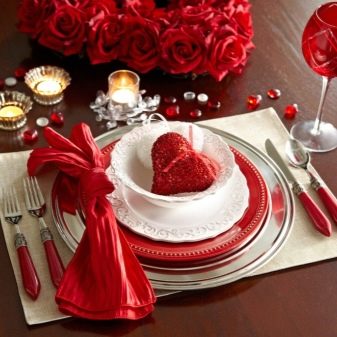

- In order not to create additional inconvenience to the participants in the meal, when laying a round table, it is worth using only the most necessary appliances. If you plan to change dishes, before each serving, sets of dishes and cutlery sets are replaced on the table.
- If it is necessary to set the table for a birthday, then everything will depend on the age of the birthday person. For example, toys, balloons or figures of cartoon characters are well suited as decor for a child. If the table is made out for a young girl, then it would be appropriate to use fresh flowers, original multi-colored glassware and various napkins.
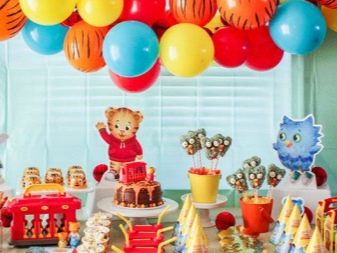

There are many serving options. It is important to remember that table setting is not a set of strict rules at all, but a creative process. Therefore, when decorating a table for the arrival of guests, it is necessary to adhere to the general canons, but at the same time it is quite acceptable to bring in your own ideas.
How to properly set the table, see the following video.






















